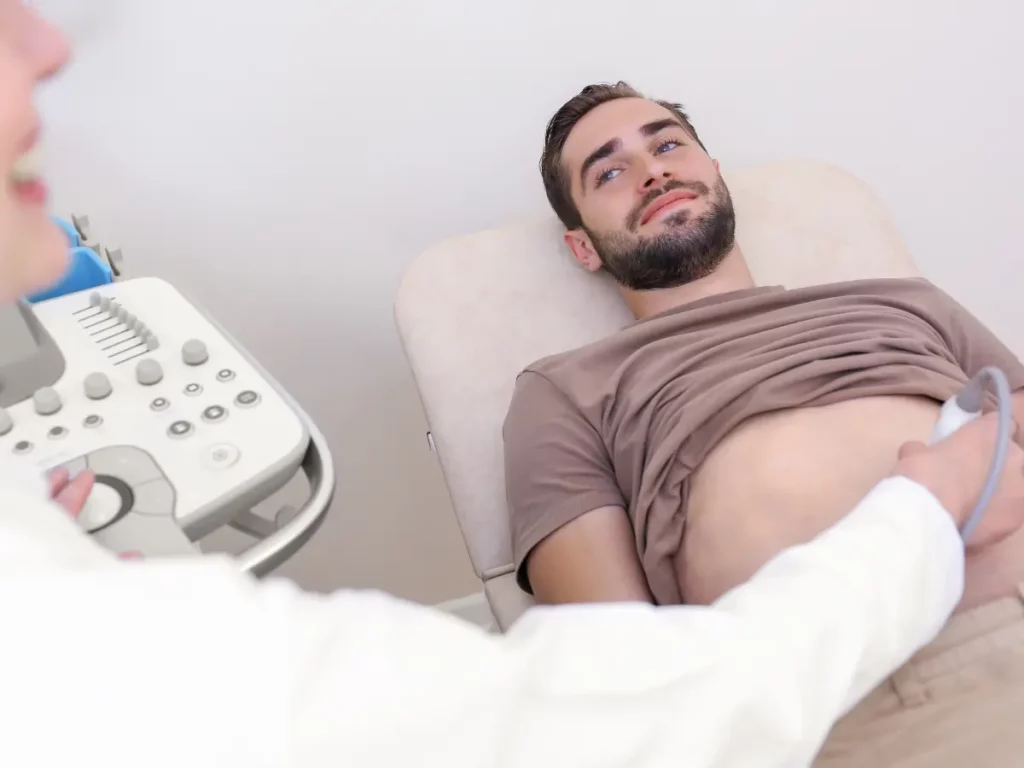Testicular lumps or swelling can be a worrisome experience for any man. While such symptoms may stem from various causes, including benign conditions, it’s crucial to consider the possibility of testicular cancer. This article delves into the topic, shedding light on the causes, signs, and steps you can take to understand and address testicular lumps and swelling.
Understanding Testicular Anatomy and Function: To better comprehend testicular lumps and swelling, it’s essential to understand the anatomy of the testicles and their normal function. The testicles are two small, egg-shaped organs located inside the scrotum. They play a vital role in reproduction and testosterone production.
Common Causes of Testicular Lumps and Swelling:
- Epididymitis: Inflammation of the epididymis, a structure responsible for transporting sperm, can cause swelling and discomfort.
- Hydrocele: A buildup of fluid around the testicle results in swelling of the scrotum.
- Varicocele: Enlarged veins in the scrotum can lead to swelling and may feel like a lump.
- Testicular torsion: A rare but serious condition that occurs when the testicle twists, causing sudden pain and swelling.
- Hernia: When part of the intestines protrudes through the abdominal wall, it may create a lump in the scrotum.
The Possibility of Testicular Cancer: While testicular lumps or swelling are often benign, it’s crucial to consider the possibility of testicular cancer. Testicular cancer primarily affects young men between the ages of 15 and 40. Familiarizing yourself with the warning signs helps facilitate early detection and increases the chances of successful treatment.
Recognizing Testicular Cancer Symptoms:
- Testicular pain or discomfort
- Testicular lump, nodule, or swelling
- Changes in the size or shape of the testicles
- A feeling of heaviness in the scrotum
- Back pain or abdominal pain
- Enlarged lymph nodes in the groin area
Self-Examination: Taking Control of Your Health: Regular self-examinations are vital in detecting potential testicular abnormalities. By following a step-by-step guide, you can learn how to effectively examine your testicles and identify suspicious lumps or swelling. Early detection is key in successfully treating testicular cancer.
When to Seek Medical Attention: If you notice any testicular lumps or swelling, it is essential to consult a healthcare professional. They can perform a thorough examination, order tests, and provide an accurate diagnosis. Early medical intervention can alleviate anxiety and ensure appropriate treatment, if needed.
Conclusion: Testicular lumps or swelling may cause concern, but it doesn’t necessarily mean you have testicular cancer. By educating yourself on the potential causes, recognizing the symptoms, and actively participating in self-examinations, you empower yourself to take control of your health. Remember, early detection plays a vital role in effective treatment.
| Keywords |
|---|
| Testicular cancer |
| Testicular lump |
| Scrotal swelling |
| Testicular tumor |
| Testicle examination |
Titles:
- Signs of Testicular Cancer: What to Watch For
- Understanding Testicular Lumps and Their Origins
- Testicular Swelling and Cancer: Unveiling the Connection
- Detecting Testicular Tumors: A Step-by-Step Guide
- Self-Examination for Testicular Health: A How-To Guide

